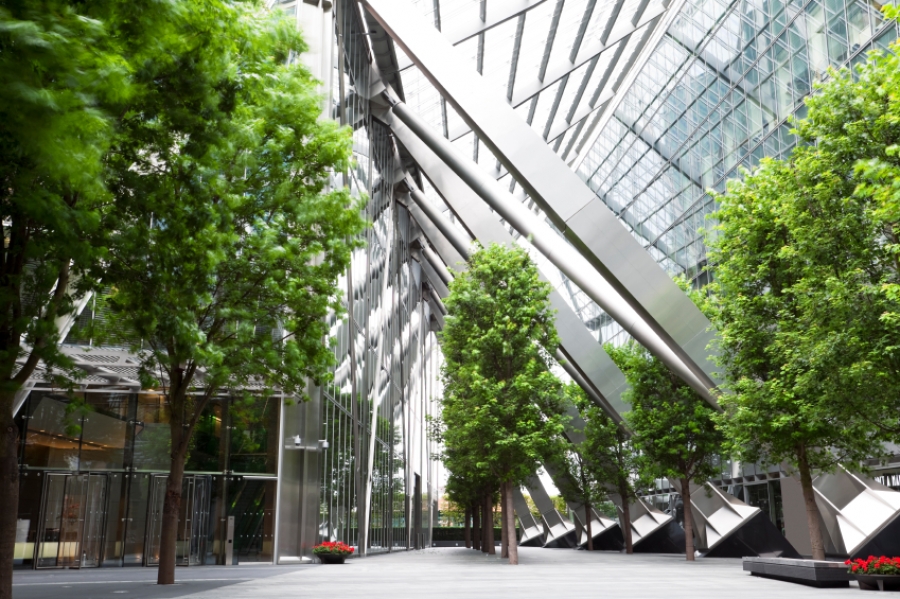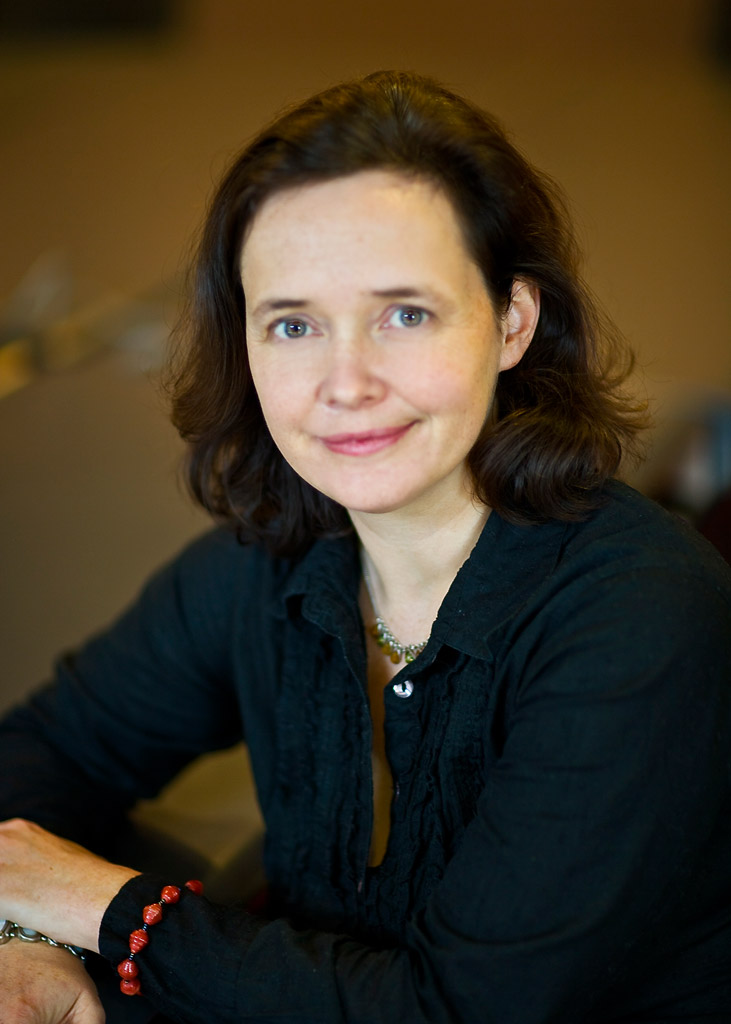Living Buildings, Engaged Builders
The Living Building Challenge helps architects rethink how we build for a sustainable future.


Buildings are not merely objects – they are living entities. That is the basis behind the Living Building Challenge. Part philosophy, part advocacy, and part certification, the Living Building Challenge engages the building industry in a dialogue to learn ways to solve the problems that the industry creates rather than just shifting problems from one place to another. It assesses the merit of buildings and communities not just on a technical level but as a set of core values that span seven performance areas – site, water, energy, health, materials, equity, and beauty.
The Living Building Challenge serves as an aspirational goal for builders to strive toward as far as environmentally restorative design and construction, which are intended to move the entire industry forward. It’s not only builders they’re informing. “Through the work of staff, project teams, and Ambassadors, the framework of the Living Building Challenge is already informing fields like public policy, urban planning, business, and education,” says Amanda Sturgeon, vice president of the Living Building Challenge. But in an industry already crowded with certification programs, how does the Living Building Challenge have an impact?
Engagement is a key tenet of the Living Building Challenge, and it engages the building industry through its online forum, Dialogue, which is a direct communication tool for project team members. Collaboration also happens through the global Ambassador Network, which connects more than 300 green building industry practitioners and academic volunteers through social media, monthly calls, and the annual unconference, Living Future.
The Cascadia Green Building Council launched the Living Building Challenge in 2006, not to compete with LEED but to complement it. As a member of both the U.S Green Building Council (USGBC) and the Canada Green Building Council (CaGBC), Cascadia Green Building Council has been the middleman between the two programs and the two organizations. Although LEED came before the Living Building Challenge, it has been endorsed by both the USGBC and the CaGBC. Further, both organizations offer professional development workshops on the Living Building Challenge to educate their members – a sign of collaboration rather than competition.
“The standard is in no way meant to compete with the LEED Green Building Rating System, the USGBC, or the CaGBC,” Sturgeon says. “We view the Living Building Challenge as an additional outlet to promote the goals set by the USGBC and CaGBC. It establishes a vision for a project’s environmental and social responsibilities from a new vantage point.”
That new vantage point could be seen as a threat to existing programs that already operate according to their current vantage point, but the green building industry is constantly evolving, and the number of certification options is growing to accommodate the diversifying range of needs. The great rate of growth and change in the industry demands flexible players who are not able only to accommodate the needs of their users but to chart a new course into the undefined future. To proactively progress, programs such as the Living Building Challenge and LEED benefit by learning from each other, and that progress happens a lot faster than if these programs were operating in isolation.

UB Hawthorn
UB Hawthorn edits and writes for the Engaged Living Network of sites: Green Building Canada, Green Home Gnome, Greenhouse Gnome and The Mindful Word. You can connect with him on Google+.


